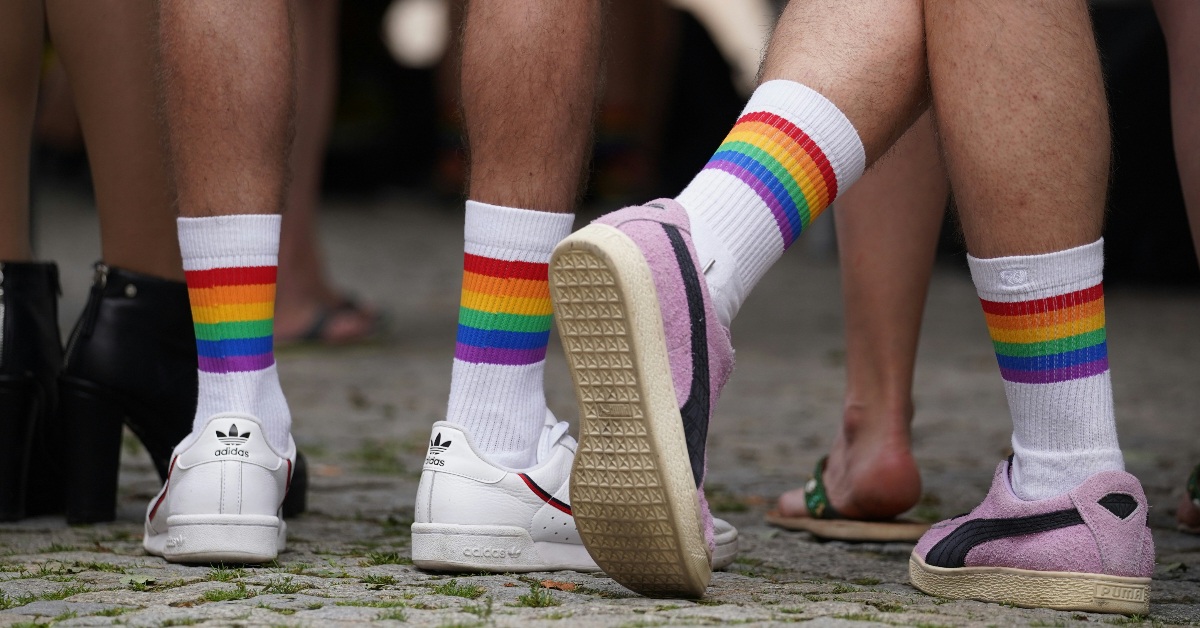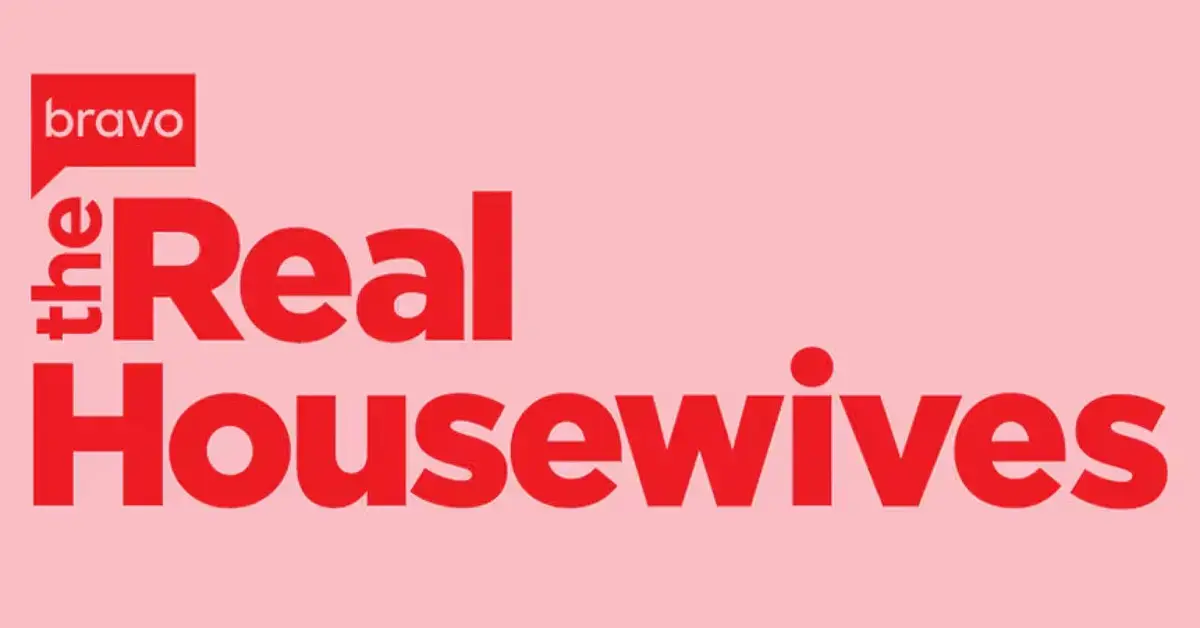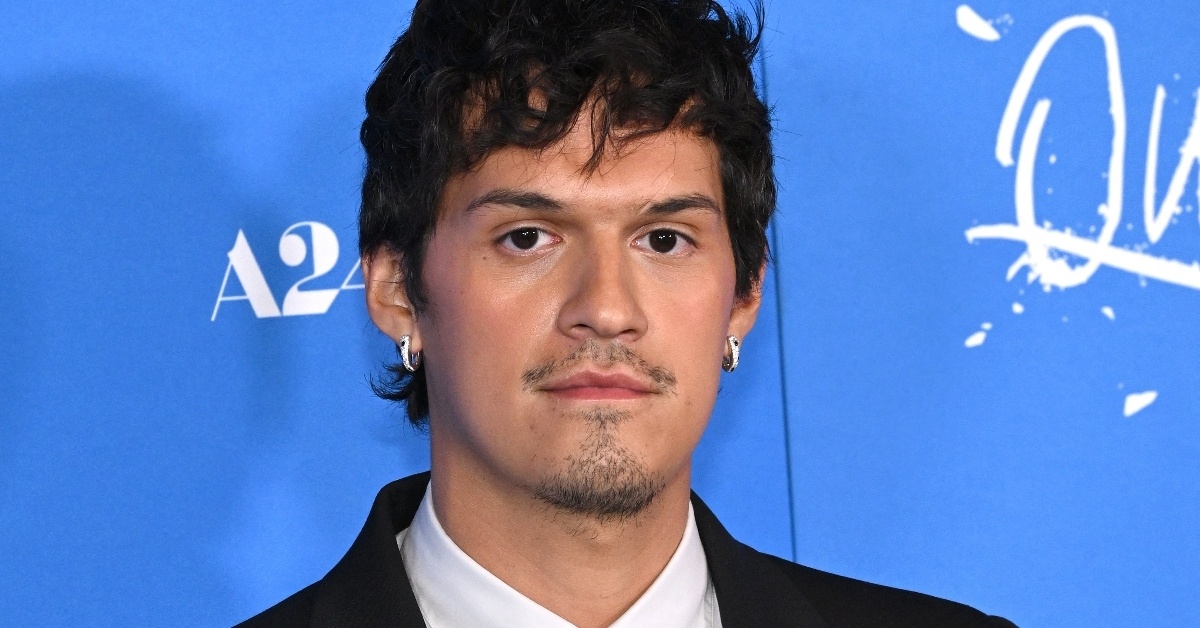BY: DM
Published 2 months ago

This year, Asexual Awareness Week, now known as Ace Week, takes place Oct. 19–25. The annual observance spotlights asexuality and the broader “ace” spectrum of identities. Over time, Ace Week has evolved into a celebration of ace pride and a movement for greater acceptance. Many in the community emphasize joy and solidarity, affirming that being ace is valid and healthy while continuing to push for broader recognition.
According to the Human Rights Campaign, asexuality is a sexual orientation in which a person experiences little to no sexual attraction to others. This doesn’t mean someone can’t love, form relationships, or enjoy intimacy — it simply means sex isn’t part of their attraction or desire.
Ace Week continues to celebrate ace members of the LGBTQIA+ community while inviting allies to join in through learning and advocacy.
What is Asexual Awareness Week?
Ace Week began in 2010 when activist Sara Beth Brooks, with help from AVEN founder David Jay, launched Asexual Awareness Week. According to the Ace Week organization, it started as a grassroots campaign that pushed LGBTQIA+ communities and leaders to include and understand asexual people. Brooks organized one-minute “Dear LGBT Community” video letters and social media campaigns to introduce aces to queer organizers and even international groups like the UN Human Rights Council. After local events in 2012, organizers relaunched Ace Week in 2013 as an annual global campaign.
Across cities and online spaces, ace community members use Ace Week to educate, connect, and celebrate. They create blog posts, fact sheets, and flyers while filling social media with asexual visibility content. Many universities and Pride centers also host panels and meetups. The University of Michigan’s Spectrum Center, for example, will hold an “Ace Awareness Week Kickoff” on Oct. 19 with games, crafts, and lunch to bring people together.
Ace Awareness Week gives allies—friends, family, educators, and coworkers — a chance to learn how to show support. Experts encourage people to listen and validate rather than dismiss asexuality or assume someone will “grow out of it.” Allies can start by accepting others’ experiences and respecting their boundaries. They should also seek accurate information about asexuality from trusted sources and follow ace activists online. Official Ace Week accounts and organizations like the Asexual Visibility and Education Network post daily throughout the week. Attending a campus panel, webinar, or local meetup also shows support. For organizations, hosting a workshop or discussion during Ace Week is another meaningful way to participate.
How common is asexuality?

Asexuality remains relatively rare but not nonexistent. A 2017 GLAAD poll found that roughly 4% of Americans under 35 identify as asexual, a figure that includes some demisexual and “grey-ace” identities.
“Asexuality is an emerging identity,” said lead author Esther D. Rothblum, a scholar at the Williams Institute. “Given that the majority of asexual respondents were young, we expect that the prevalence and understanding of asexuality will grow as more youth reach adolescence and become familiar with the identity.”
Dr. William Chopik, a Michigan State University psychologist and co-author of a large study on ace relationships, explained that “although asexual people don’t desire sexual relationships, they still form romantic ones — and those connections often look similar to non-asexual romantic relationships.”
What’s one misconception about asexuality that you think needs to change? Comment below!










